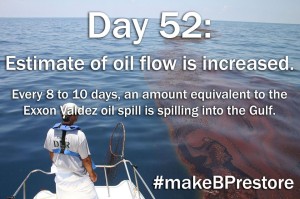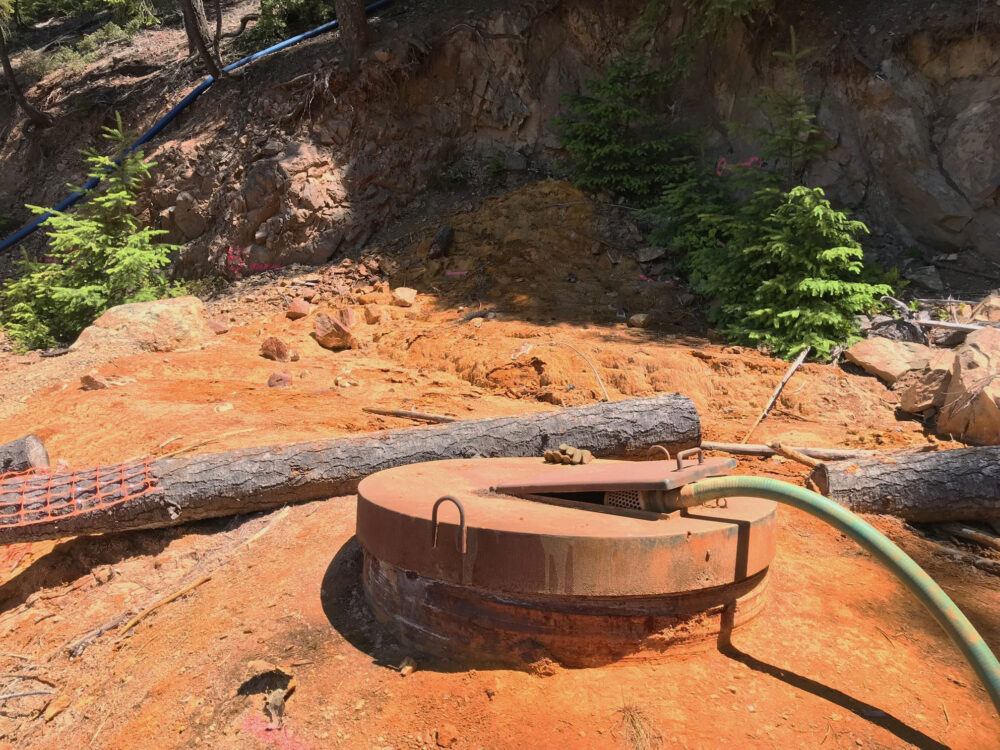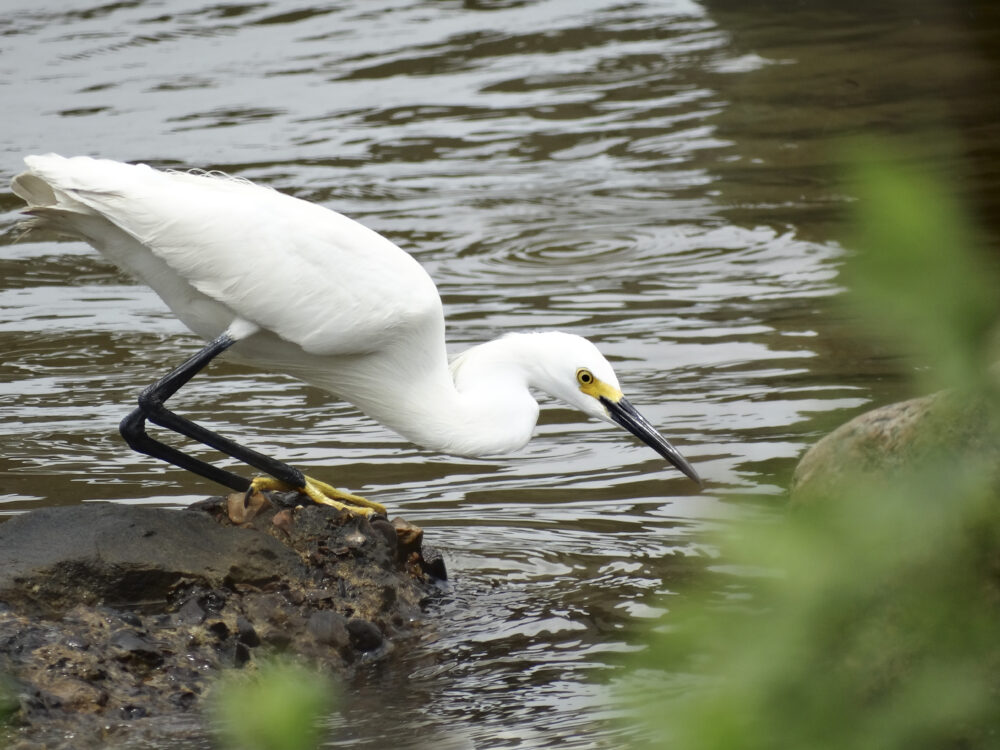We have much more to do and your continued support is needed now more than ever.
The BP Trial-What’s at Stake for the Gulf in Phase 2?

In this phase of the trial, the U.S. Department of Justice and BP will square off on two issues. First, what did the responsible parties do to stop the release of oil, and how prepared were they to deal with the blowout?
Second—and more importantly—how much oil was released from the time the spill began on April 20 until the well was capped 87 days later?
BP will argue that a “mere” 2.45 million barrels of crude oil escaped. Government scientific experts peg the number at 4.2 million barrels.
You’ve heard this story before. Four days after the blowout, corporate executives told the Coast Guard that 1000 barrels of oil were escaping each day. But here’s the thing: BP’s own internal emails show that two days prior, a BP employee estimated the flow at anywhere from 62,000 to 146,000 barrels per day.
[youtube]http://www.youtube.com/watch?v=BSemeLtri3o[/youtube]
Even as it tried to stop the gusher, BP continued to downplay the size of the spill. The company pled guilty to a criminal count of lying to Congress on this very topic. Transocean and Halliburton even allege that BP’s misrepresentations harmed efforts to plug the well.
During the spill, BP had a leg-up on the general public: the oil was spewing over a mile below the surface of the ocean, 40 miles off the Louisiana coast. And only major oil companies owned the remotely operated vehicles necessary to see what was happening so far below the surface.

Restore the Mississippi River Delta page for more updates.
In court, BP has every incentive to try and get this official estimate reduced. Under the Clean Water Act, the company will have to pay anywhere from $1,100 to $4,300 per barrel spilled. And thanks to a bill known the RESTORE Act, 80% of the Clean Water Act fines will be sent back to the region affected by the disaster.
If the Judge ends up buying BP’s latest flow story, the company’s bottom line would greatly benefit, but Gulf wildlife would continue to suffer.
![]() Make sure the Department of Justice continues to hold BP fully accountable!
Make sure the Department of Justice continues to hold BP fully accountable!





















